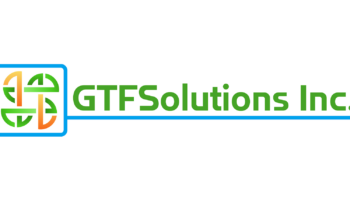Data should always be the center of your decision-making regarding business decisions. Most businesses would love for their departments to have access to the kind of data that would allow them to make high-level decisions and leverage their resources wisely.
The problem is that data is not always easy to access or implement in these situations. Historically data has always provided a challenge before being useful. That goes back to data silos full of either inaccessible or unusable data that did companies very little good. While the modern-day data warehouse has become the most popular and most effective solution to the silo, there are still areas that could improve.
For instance, moving data into warehouses makes the data useable, but ironically this data has begun to see some of the same problems that data silos had. Namely, that data in warehouses needs to be moved out to various platforms to be useful, but how do you do that?
For many businesses, Snowflake is their trusted data warehouse provider, and for a good reason. Snowflake is one of the most trusted names and provides excellent service. However, getting your data from snowflake, a sales platform like Hubspot, can be challenging. Let’s look at what these services are, why integrating them is beneficial, and how to send data from Snowflake to Hubspot.
What is Snowflake?
Snowflake is one of the most trusted names for data warehouse services. This cloud-based SaaS product has some key advantages, making it one of the most popular choices on the market. Focusing on easy-to-use UI and running on top of major cloud providers like GCP, AWS, and more, there are many reasons to love Snowflake.
Snowflake is not explicitly designed to handle big data; however, it can serve a large variety of company sizes. Using standard SQL, Snowflake makes it easy to load and query data making this a true centralized source of truth for any company.
What is Hubspot?
Hubspot is a robust, SaaS-based sales and marketing platform that acts as a CRM. It takes in a plethora of information regarding your customers and focuses on giving teams the tools to convert leads, attract visitors, and close customers. Hubspot does a great job of documenting every interaction with both existing and prospective customers across both sales and marketing departments.
How Can Data Integration Make This Better?
For any company that uses Snowflake, this data warehouse stores almost all its collective data. This means everything from customer information to product analysis, sales reports, etc. This information is valuable to a company that wants to work on its operational analytics to improve its customer experience and grow.
Accessing this information and pushing it out to the different departments that need it is a powerful way to help facilitate data-driven decision-making. However, this challenge is that it’s not always a simple process. Even though Snowflake uses simple SQL to access data, department teams need to have some knowledge and proficiency in SQL to access it.
This data provides a high level of insight into departments like sales and marketing, but it needs to be operationalized. Making this data actively available to teams using Hubspot for sales and marketing can result in some powerful results.
Enrich Data
First of all, by operationalizing your data housed in Snowflake out to Hubspot, you can organically enrich your centralized source of truth. When the relevant data goes back out to its data source, your data can be enriched by new interactions.
Streamline Projects
By sending data from Snowflake directly to Hubspot, you can also streamline projects without any extra steps. This helps to free up your team’s time to leverage it against converting leads and attracting new customers. Not only that, but you can even create new Hubspot contacts from within your data warehouse.
Personalize Customer Experiences
The bottom line of sending data from Snowflake directly to Hubspot is that you’ll give your team the ability to create personalized customer experiences. A customer’s relevant data will all exist in one source of truth, making it easy to retrieve, append, and implement in daily data-driven decisions.
Conclusion
Learning how to send data from Snowflake to Hubspot doesn’t have to be a big mystery either. Using tools like Reverse ETL and implementing operational analytics, Hightouch can take your Snowflake to Hubspot integration to a whole new level. This can give your company the tools to create and improve customer experiences like never before.



